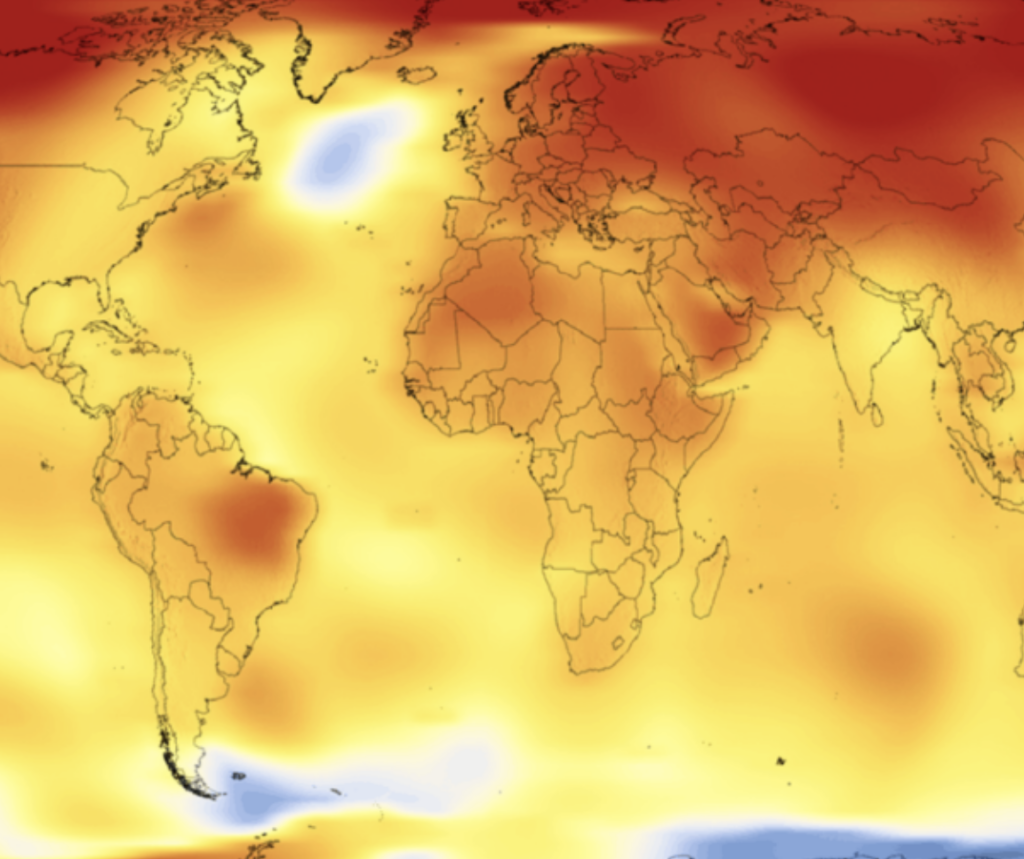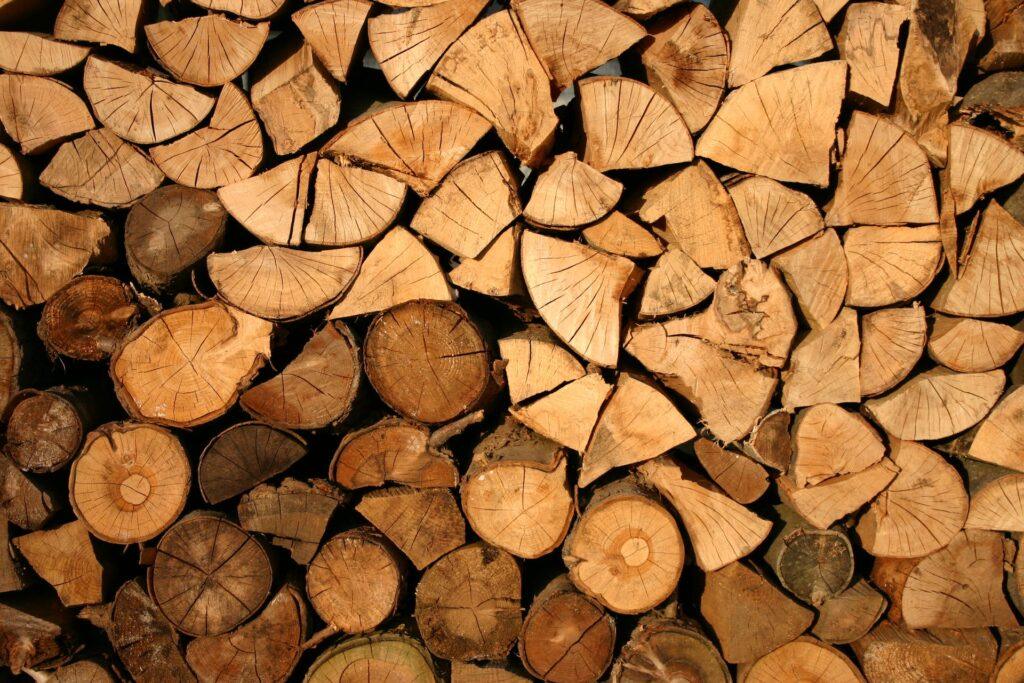The effects of climate change have already been evident in recent months. March this year represented the 10th consecutive monthly record in a warming phase, beating all previous records. Over the past 12 months, average global temperatures have been 1.58C above pre-industrial levels. The Paris Agreement, set in 2015, set a limit of 1.5C above pre-industrialised levels.
It’s been reported that the battle to limit climate change to 1.5c, as outlined in the Paris Agreement, will be either won or lost this decade, meaning we don’t have a huge amount of time left to make positive, lasting change. This new warning comes from UN Secretary General António Guterres.
Greenhouse gas emissions are now back to pre-COVID levels. The World Meteorological Organisation states that average global surface temperatures for each year from 2024 to 2028 are expected to be between 1.1 and 1.9 degrees higher than the 1850 to 1900 average.
Global average temperatures for May 2024 were the highest on record. Although the production of carbon emissions around the world is slowing significantly in recent years they have not yet peaked.

Ban Fossil Fuel Ads?
UN Secretary General António Guterres has only recently called for a ban on fossil fuel adverts in a last-minute bid to save the world from the most severe effects of climate change. Sport is one of the largest mediums of fossil fuel advertising, with football having a long history with oil and gas providers. The Advertising Standards Agency is clamping down on various misleading “greenwashing” adverts that claim green credentials. Ryanair, for example, had an advert banned, which claimed it had the lowest airline CO2 emissions. Another example is the Food company Gousto, which was found to have made false claims that their packaging was 100% plastic free and recyclable”.
While a total ban on fossil fuel ads may not happen, not in the short term, at least, it is proof of the emerging urgency facing the world and where some major decision makers thoughts are heading.

Moving to Renewable Energy
There is a range of renewable energy sources which can and will replace fossil fuels. In 1991, just 2% of electricity production in the UK was from renewable energy. In 2023, this is now:
Wind power contributed 29.4%
Biomass energy, the burning of renewable organic materials, contributed 5%
Solar power contributed 4.9%
Hydropower, including tidal, contributed 1.8%
Biomass energy includes wood – the key component of any wood-burning stove. So, can you classify wood-burning stoves as using a renewable energy source? Absolutely! Wood-burning stoves have the lowest carbon-emission heating available in homes.
They have a carbon intensity of 1/19th of direct electric heating and around 1/15th of a heat pump (at current grid carbon intensity). Carbon intensity refers to how many grams of carbon dioxide (CO2) are released to produce a kilowatt hour (kWh) of, for example, electricity. As wood is a renewable energy source, it has an incredibly low carbon intensity.
According to the Review of the Scottish Wood Fuel Industry, Sept 2021, conducted on behalf of Scottish Forestry, burning logs generates 4g of CO2 per kW hour, compared to 48g/kWh for wind energy and 123g/kWh for ground source heat pumps. A modern wood-burning stove emits 94% less CO2 than direct electric heating, e.g. an electric fire, and just 22% of the total kgCO2e (Tonnes of CO2 equivalent) of a heat pump with a coefficient of performance (COP) of 3.5.








